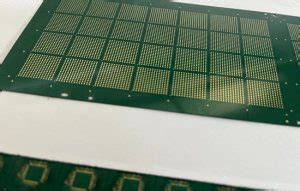
ALL ABOUT FLEX PCB
-
 Read more: mSAP PCB: A Substrate-Bonded Additive Copper Layer Fabricated Circuit Board
Read more: mSAP PCB: A Substrate-Bonded Additive Copper Layer Fabricated Circuit BoardIntroduction to Substrate-Bonded PCBs A printed circuit board (PCB) mechanically supports and electrically connects electronic components using conductive tracks, pads and other features etched from one or more sheet layers of copper that are laminated onto and/or between sheet layers of a non-conductive substrate. Substrate-bonded PCBs take this a step […]
-
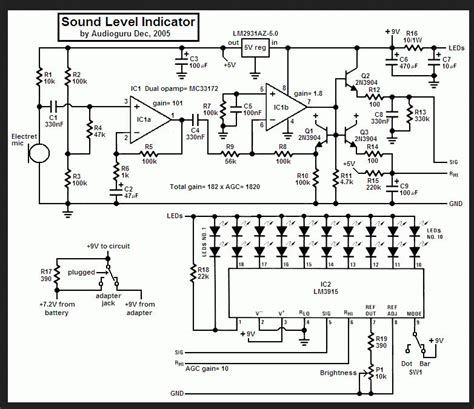 Read more: Resistor Circuit Diagrams: Understanding Connections and functions
Read more: Resistor Circuit Diagrams: Understanding Connections and functionsIntroduction to Circuit Diagrams Circuit diagrams are essential tools for anyone working with electronic circuits. They provide a visual representation of the components and connections within a circuit, making it easier to understand how the circuit functions. In this article, we will focus on resistor circuit diagrams and explore their […]
-
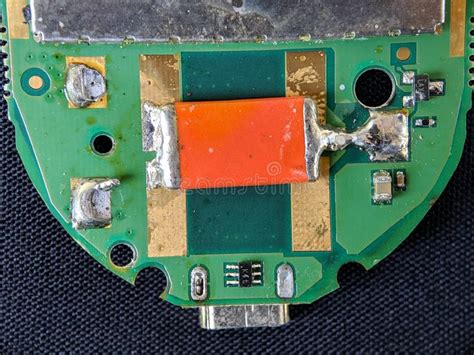 Read more: Circuit Board IC: Important Details to Know as a Circuit Designer
Read more: Circuit Board IC: Important Details to Know as a Circuit DesignerIntroduction to Integrated Circuits (ICs) Integrated circuits, commonly known as ICs or chips, are miniaturized electronic circuits manufactured on a thin substrate of semiconductor material, typically silicon. These tiny devices have revolutionized the world of electronics since their invention in the late 1950s. As a circuit designer, understanding the fundamentals […]
-
Through hole Assembly
Posted by
–
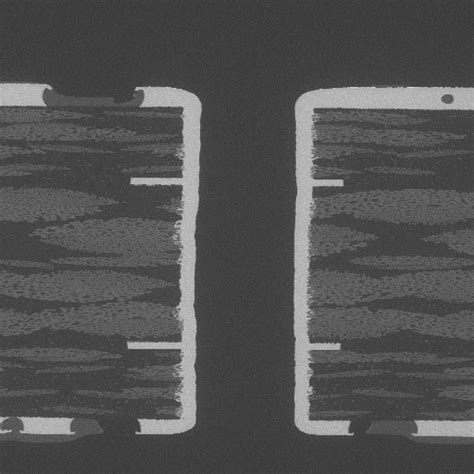 Read more: Through hole Assembly
Read more: Through hole AssemblyWhat is Through-hole Assembly? Through-hole assembly, also known as through-hole technology (THT), is a method of mounting electronic components on a printed circuit board (PCB) by inserting component leads through holes drilled in the board and soldering them to pads on the opposite side. This assembly technique has been widely […]
-
Selective soldering PCB Technical Details
Posted by
–
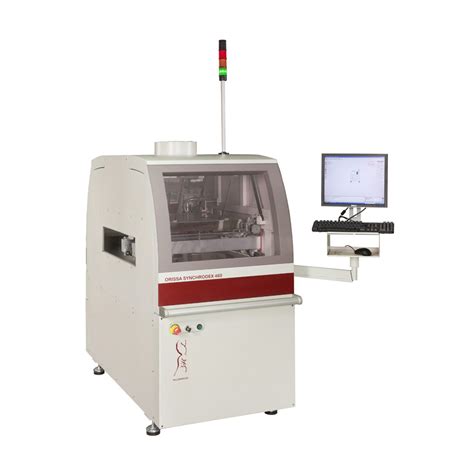 Read more: Selective soldering PCB Technical Details
Read more: Selective soldering PCB Technical DetailsIntroduction to Selective Soldering Selective soldering is a process used in printed circuit board (PCB) assembly where specific components are soldered onto the board without affecting nearby components. This technique allows for precise soldering of selected components while leaving heat-sensitive or pre-assembled components intact. Selective soldering offers several advantages over […]
-
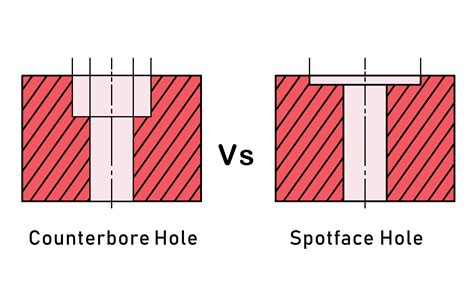 Read more: Countersink VS Counterbore – How To Effectively Fix the PCB
Read more: Countersink VS Counterbore – How To Effectively Fix the PCBWhat is Countersinking and Counterboring? Countersinking and counterboring are two techniques used to create recesses in a printed circuit board (PCB) to accommodate the heads of screws or other fasteners. These techniques are essential for ensuring that the fasteners sit flush with the surface of the PCB, preventing any protrusion […]
-
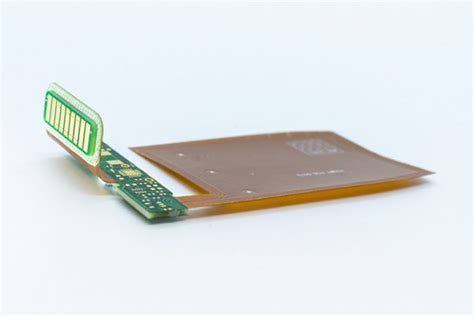 Read more: What Are the Best Ways to Use Flexible and Flex-Rigid PCBs?
Read more: What Are the Best Ways to Use Flexible and Flex-Rigid PCBs?Introduction to Flex and Flex-Rigid PCBs Flexible printed circuit boards (PCBs) and flex-rigid PCBs are versatile interconnect solutions that offer many advantages over traditional rigid PCBs. Flex PCBs consist of a thin insulating polymer film laminated with conductive copper traces. This allows the PCB to bend, fold, and flex, enabling […]
-
60% Keyboard PCB-How To Build
Posted by
–
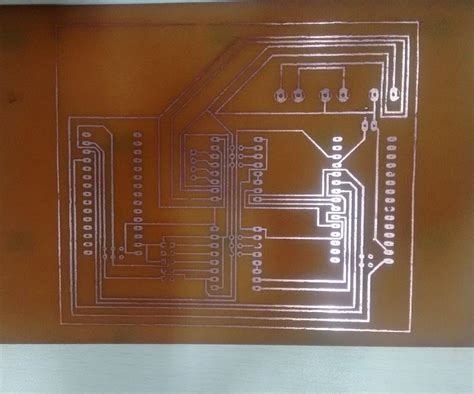 Read more: 60% Keyboard PCB-How To Build
Read more: 60% Keyboard PCB-How To BuildIntroduction to 60% Keyboard PCBs A 60% keyboard PCB is a compact and efficient printed circuit board designed for mechanical keyboard enthusiasts who prefer a minimalist layout without compromising functionality. This article will guide you through the process of building your own 60% keyboard PCB, from understanding the components and […]
-
Avoid 10 Common PCB Hand Soldering Problems
Posted by
–
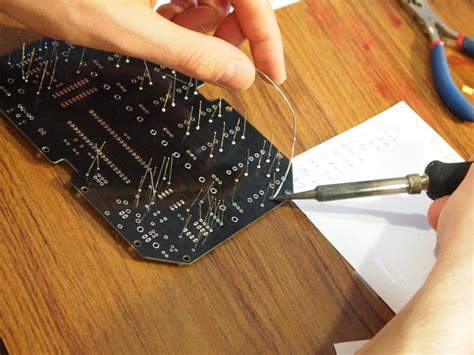 Read more: Avoid 10 Common PCB Hand Soldering Problems
Read more: Avoid 10 Common PCB Hand Soldering ProblemsProper PCB Soldering Tools and Setup Having the right tools and setting up your workspace properly is essential for successful PCB soldering. At a minimum, you’ll need: Soldering iron with adjustable temperature control Soldering iron tips in various sizes Solder (lead-free is most common) Brass or conventional sponge for cleaning […]
-
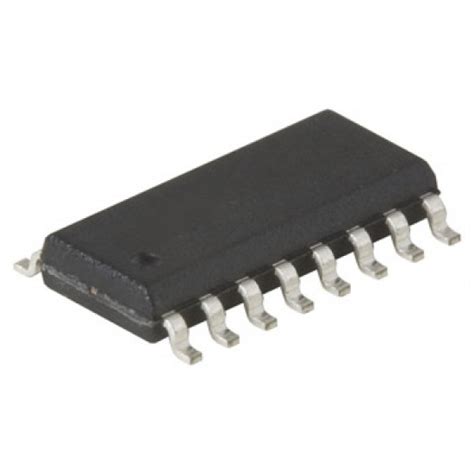 Read more: Hx711 Datasheet: Its Pinout Configuration and More
Read more: Hx711 Datasheet: Its Pinout Configuration and MoreOverview of the Hx711 Module The Hx711 module is a breakout board for the Avia Semiconductor Hx711 24-bit ADC for weigh scales. It allows you to easily read load cells and scale sensors to measure weight. The module interfaces with microcontrollers like Arduino and Raspberry Pi using just two wires. […]




